Ecuador Climate 8 Best Places to Visit Based on Weather
Last updated on June 5th, 2025 at 12:49 am
Picture this: I’m standing in a hotel lobby in Quito at 6 AM, wearing three layers of clothes, while scrolling through my phone looking at weather forecasts that made absolutely zero sense. Tomorrow I’d be sweating in flip-flops on a beach. The day after? Hiking through cloud forests. And by Friday? Swimming in the Pacific while watching penguins. That’s the magic (and madness) of the Ecuador climate it changes not just by season, but by region, altitude, and even hour.
My girlfriend thought I’d lost my mind when I packed snow boots AND swimsuits for the same week-long trip. But that’s Ecuador for you – a country that basically laughs at your weather expectations and says “hold my beer.”
That was back in September 2018, and it completely changed how I think about travel. Most places, you check the weather once and you’re good. Ecuador? You’re basically visiting four different planets that happen to share the same passport stamp.
So if you’re sitting there wondering when to visit Ecuador or where to go for the best weather, let me save you the confusion I went through. I’ve been back six times since that first chaotic trip, and I’ve figured out exactly where to go for whatever kind of weather makes you happy.
Table of Contents
Why Ecuador’s Climate is Like Nothing Else You’ve Experienced
Look, I’ve been to 47 countries, and Ecuador still messes with my head. In most places, weather changes with the calendar. Here? It changes with the GPS coordinates.
You can literally eat breakfast at sea level in 80-degree sunshine, have lunch at 12,000 feet in a wool sweater, and end the day back at the beach for sunset cocktails. I did exactly that on my third trip, and my Fitbit thought I’d teleported.
The whole thing comes down to geography that doesn’t make sense until you see it. Ecuador sits right on the equator (shocking, I know), but it’s also got the Andes mountains running straight down the middle, Amazon rainforest on one side, and the Pacific Ocean on the other. Mother Nature basically threw everything she had at this tiny country.
Here’s what you need to know:
- Coast: Hot, sunny, perfect for beach bums
- Mountains: Cool, crisp, feels like the world’s best spring day
- Jungle: Hot, humid, alive in every possible way
- Galápagos: Two seasons that are both pretty much perfect
Ecuador Climate and Beach Weather That Never Quits
1. Salinas – Where I Learned to Stop Worrying About Weather Apps
My first stop in Salinas was supposed to be a quick overnight on my way somewhere else. That was in August – technically Ecuador’s “winter.” I ended up staying four extra days because I couldn’t believe the weather was real.
Every morning I’d wake up to sunshine. Every afternoon, more sunshine. Evenings? Warm enough for dinner outside, cool enough that you didn’t sweat into your ceviche. The ocean was like bath water, except cleaner and with better views.
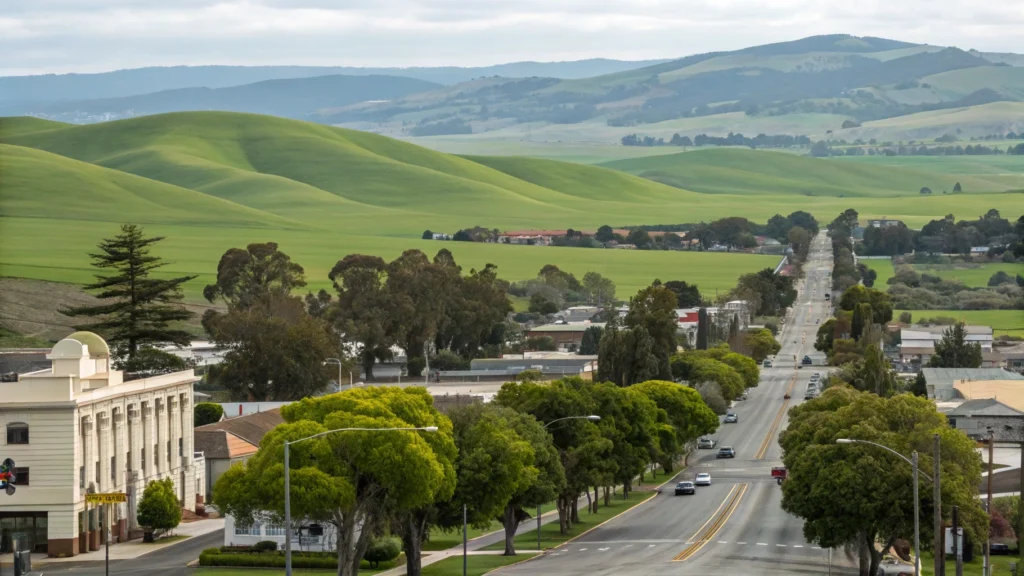

What you need to know about Salinas weather:
- Temperature: 73-79°F basically forever
- Rain: What rain? (Okay, maybe a few drops January through March)
- Ocean temp: Perfect for swimming without turning blue
- Wind: Just enough to keep you from overheating
When to go: June through December is absolutely perfect, but even the “rainy” months aren’t really rainy. We’re talking maybe 30 minutes of afternoon sprinkles that cool things down nicely.
Real talk: I burned my shoulders the first day because I didn’t believe the UV could be that strong with such pleasant temperatures. Learn from my mistake – sunscreen is not optional, even when it feels perfect outside.
2. Montañita – Surfer Weather Done Right
Montañita is where I finally understood why people become surf bums. It’s not just the waves (though they’re incredible). It’s the fact that you can surf in board shorts year-round while most of the world is wearing wetsuits.
I spent a week there in February, right in the middle of what’s supposed to be the wettest time of year. Had three perfect sunny days, one afternoon thunderstorm that was actually fun to watch from a bar, and water so warm I didn’t want to get out.


The Montañita weather story:
- Water temperature: 72-79°F depending on season
- Air temperature: Warm enough for tank tops, cool enough to sleep without AC
- Rain pattern: Quick afternoon storms in wet season, then back to sunshine
- Wind: Offshore in the mornings (perfect for surfing), onshore in afternoons (perfect for cooling off)
Seasonal breakdown: December to April brings bigger waves and occasional rain. May through November? Smaller waves but crystal-clear skies every day. Pick your priorities.
Mountain Weather That Spoils You for Everywhere Else
3. Quito – The City That Made Me Rethink Perfect Weather
I used to think perfect weather meant hot and sunny. Then I spent two weeks in Quito and realized I’d been thinking too small.
Imagine waking up every single morning to temperatures in the 60s, clear blue skies, and air so clean you can see mountains 50 miles away. Then imagine that happening every day for two straight weeks, with the only variation being whether it’s 60 degrees or 65 degrees.
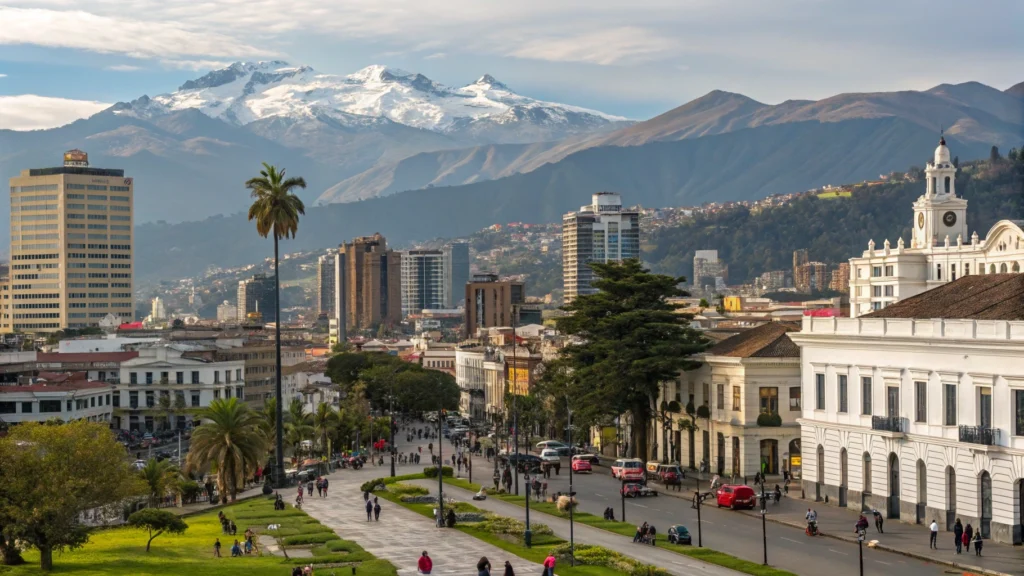

Quito’s weather magic:
- Morning temperature: 45-50°F (perfect coffee weather)
- Afternoon temperature: 65-70°F (perfect walking weather)
- Evening temperature: 50-55°F (perfect sweater weather)
- Seasonal variation: What seasonal variation?
The afternoon shower thing: From October to May, you’ll get quick afternoon rain showers. Not all-day soaking rain, just 30-60 minutes of precipitation that clears the air and makes everything smell amazing. I actually started looking forward to them.
Packing reality check: I brought way too many clothes on my first Quito trip. You need exactly three things: t-shirts for daytime, a light sweater for evening, and a rain jacket for afternoon showers. That’s it.
4. Cuenca – Where Weather Becomes an Art Form
If Quito has perfect weather, Cuenca has perfect weather’s more sophisticated older sibling. Everything about this city’s climate feels intentional, like someone designed it specifically for humans to be comfortable.
I visited in both wet and dry seasons, and honestly couldn’t tell you which I preferred. Dry season (June-September) gives you clear Andean views and zero rain. Wet season (October-May) gives you dramatic afternoon clouds and the most incredible sunsets I’ve ever photographed.
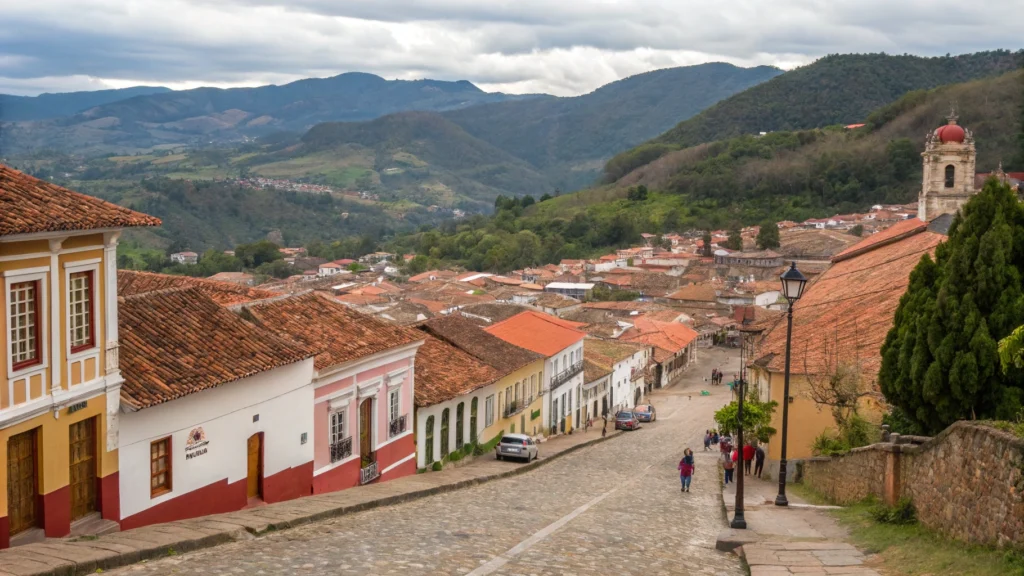

Cuenca climate highlights:
- Daily temperature range: 45-65°F (consistent as clockwork)
- Humidity: Comfortable year-round (unlike the coast or jungle)
- Rain pattern: Less than Quito, more predictable
- Air quality: Mountain-crisp every single day
Why I keep going back: The weather in Cuenca makes you want to walk everywhere. No sweating, no shivering, just comfortable movement through beautiful colonial streets. It’s addictive.
Jungle Weather That Changes Everything
5. Tena – Where I Learned to Love Humidity
I’m not gonna lie – stepping off the plane in Tena after cool mountain weather is like walking into a wall of warm, wet air. My first thought was “how do people live in this?” My second thought, about three days later, was “how do I never leave?”
The Amazon climate isn’t comfortable in the way mountain weather is comfortable. It’s… alive. You feel connected to everything around you in this weird, primal way that doesn’t happen in air conditioning.
Tena weather reality:
- Temperature: 75-81°F every single day of the year
- Humidity: 85-95% (you will sweat, embrace it)
- Rain patterns: Two seasons, both wet, just differently wet
- Feel-like temperature: Usually 5-10 degrees warmer than actual temperature
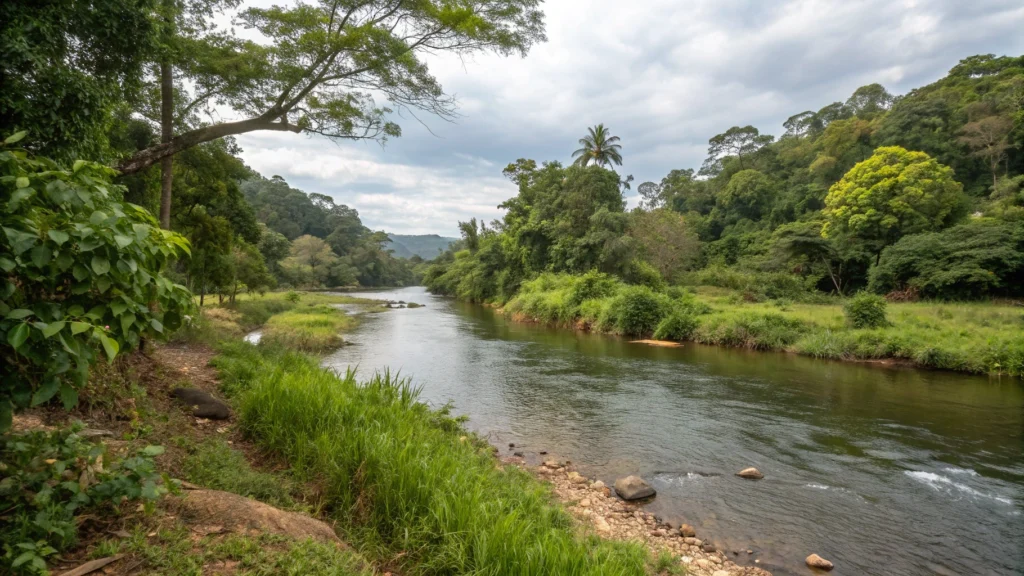

My jungle climate survival guide:
- Pack clothes that dry fast, not clothes that don’t get wet
- Waterproof everything important (phone, camera, documents)
- Drink more water than you think you need
- Accept that you’ll be damp and sweaty, then realize it’s actually fine
Season breakdown: Less rainy season (August-February) means you can hike jungle trails without swimming through them. More rainy season (March-July) means higher rivers for better boat trips and fishing. Both are incredible, just different.
6. Puyo – Amazon Training Wheels
Puyo is where I tell nervous friends to start their Amazon experience. It’s got all the tropical jungle vibes with slightly more manageable conditions. Think of it as Amazon climate for people who aren’t sure they can handle Amazon climate.
At 3,100 feet elevation, it’s noticeably more comfortable than deeper jungle areas while still giving you that lush, green, alive-everywhere feeling that makes the Amazon special.
Puyo advantages:
- Temperature: 70-77°F (cooler than deeper jungle)
- Humidity: Still high, but not overwhelming
- Accessibility: Easy to reach, easy to leave if you’re not feeling it
- Acclimatization: Perfect stepping stone to more intense jungle experiences
Island Weather That Redefines Paradise
7. Santa Cruz Island – Multiple Climates in 30 Minutes
Santa Cruz blew my mind because you can experience Ecuador’s entire climate range without leaving one island. I spent a morning at sea level on gorgeous beaches, drove 30 minutes uphill for lunch in cool, misty highlands, then came back down for sunset at the coast.
Same day. Same island. Completely different weather zones.
Santa Cruz climate zones:
- Coastal areas: 77-82°F, sunny, perfect for swimming and sunbathing
- Highland areas: 60-70°F, often misty, amazing for hiking and wildlife
- Everything in between: Whatever temperature makes you happiest
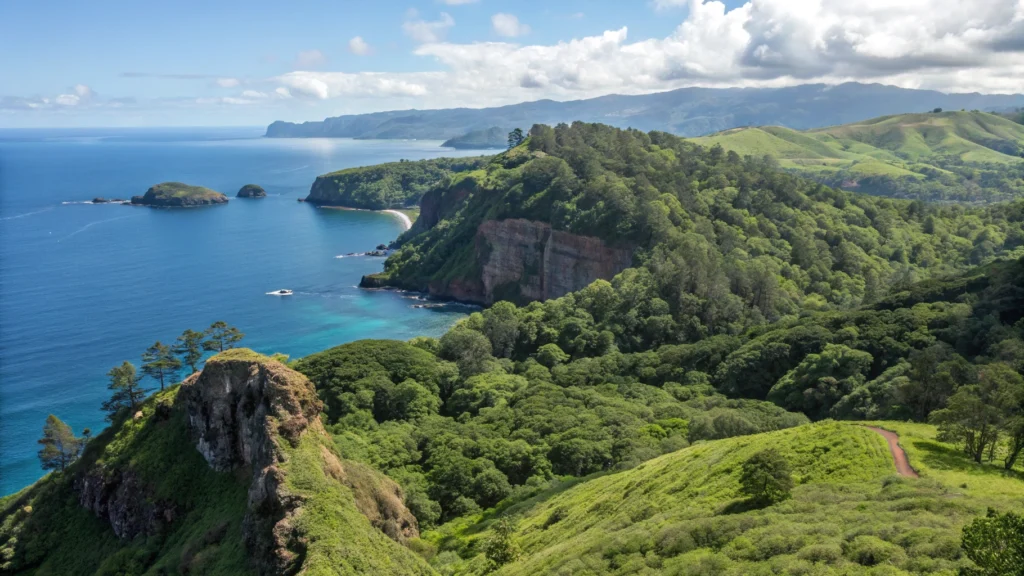

Seasonal differences that actually matter:
- Warm season (December-May): Hotter, occasional rain, calmer seas, better for snorkeling
- Cool season (June-November): More comfortable hiking weather, active wildlife, better for photography
I’ve been during both seasons, and they’re completely different experiences. Warm season feels more tropical and relaxed. Cool season feels more adventurous and active.
8. San Cristóbal Island – Where Weather Timing Changes Everything
San Cristóbal taught me that the best weather isn’t necessarily the most comfortable weather – it’s the weather that lines up with what you want to do.
Cool season (June-November) brought temperatures in the low 70s, which felt perfect for hiking but a bit chilly for beach time. But that’s also when sea lions are most active, penguins are visible, and wildlife photography is incredible.
Warm season (December-May) meant warmer ocean temperatures and better swimming, but also less active wildlife during the heat of the day.


The timing strategy that changed my trips:
- Plan active adventures during cool season
- Plan beach and water activities during warm season
- Or just pick one season and adjust your activities accordingly
Planning Your Weather Adventure
After six trips and way too much trial and error, here’s what I’ve learned about planning for Ecuador’s crazy climate diversity:
The packing strategy that actually works:
- Think layers, not specific outfits for specific places
- Pack one really good rain jacket that works everywhere
- Bring comfortable shoes that can handle wet conditions
- Sun protection is crucial everywhere (altitude makes UV stronger)
Timing advice from someone who’s gotten it wrong:
- Coast: June-December for guaranteed sunshine, but any time works
- Mountains: Honestly, any time – the weather is consistently good
- Amazon: August-February for easier hiking, March-July for better river conditions
- Galápagos: Pick your season based on what you want to do, not comfort level
Budget tips that save money:
- Shoulder seasons have better prices with nearly identical weather
- “Rainy season” usually means afternoon showers, not all-day rain
- Pack smart to avoid buying climate-specific gear in multiple places
What I Wish Someone Had Told Me Before My First Trip
Ecuador’s climate isn’t complicated once you understand that variety is the point. Most countries have one type of weather that changes by season. Ecuador has four types of weather that are all happening at the same time.
The magic happens when you stop trying to find “perfect” weather and start experiencing different types of perfect weather in the same trip.
That confused morning in Quito when I couldn’t figure out what to pack? It led to the most weather-diverse, climate-amazing trip I’ve ever taken. Swimming in the morning, hiking in the afternoon, wildlife watching in misty highlands, then back to the beach for sunset – all in perfect conditions for each activity.
Don’t fight Ecuador’s climate diversity. Plan for it, pack for it, and prepare to have your ideas about perfect weather completely rearranged.
Your turn – what kind of weather makes you happiest when you travel? Are you a beach person who wants guaranteed sunshine, or an adventure person who doesn’t mind getting a little wet? Let me know in the comments and I’ll help you figure out exactly where in Ecuador you need to go first.

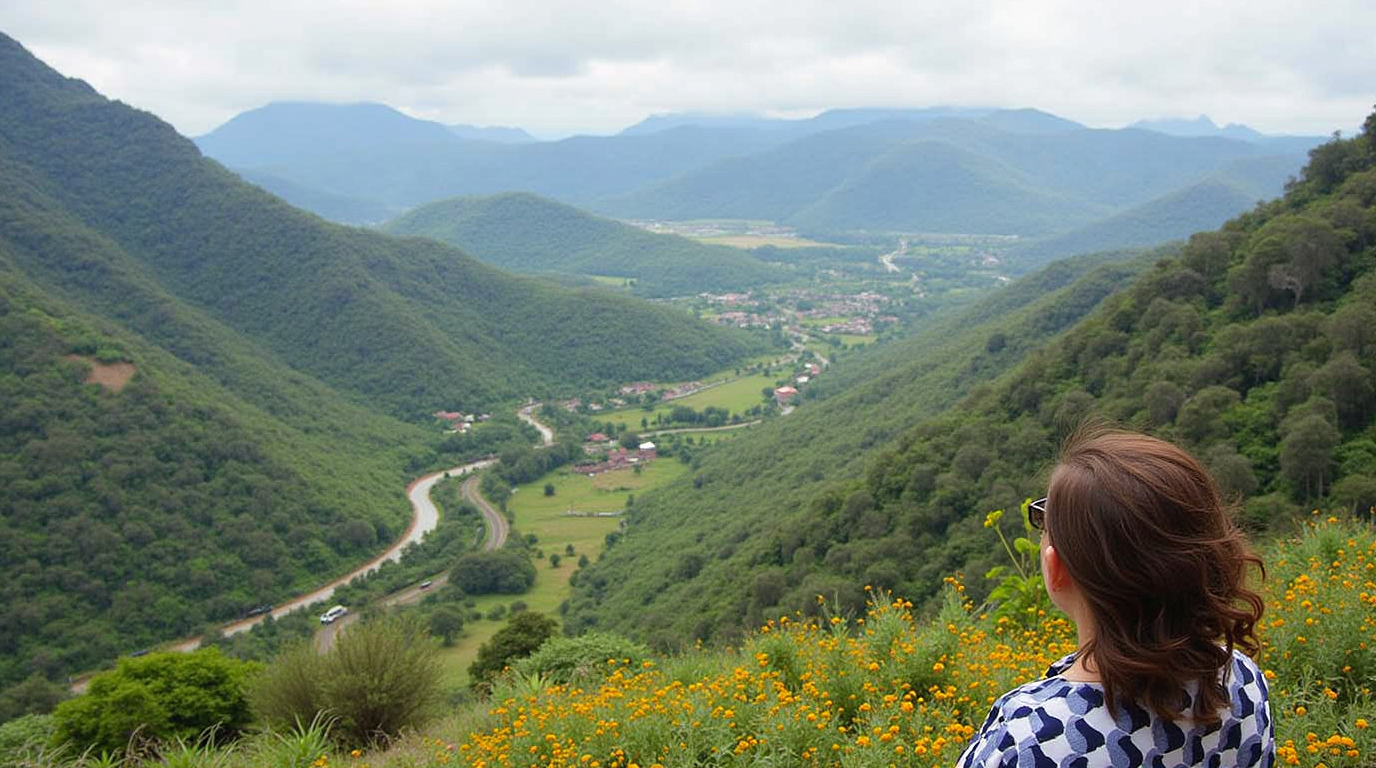
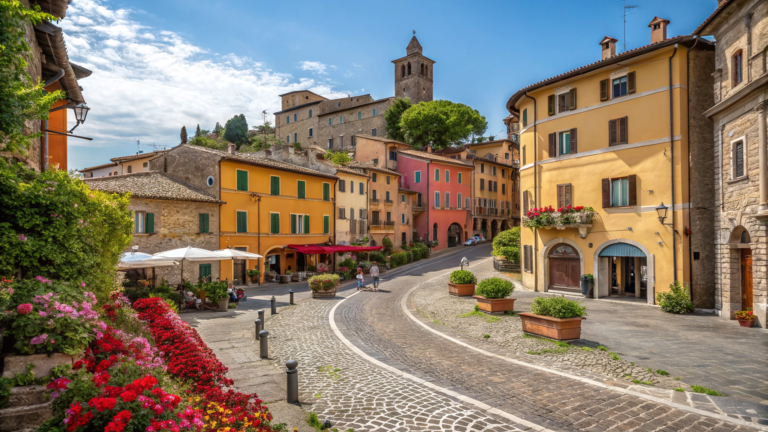
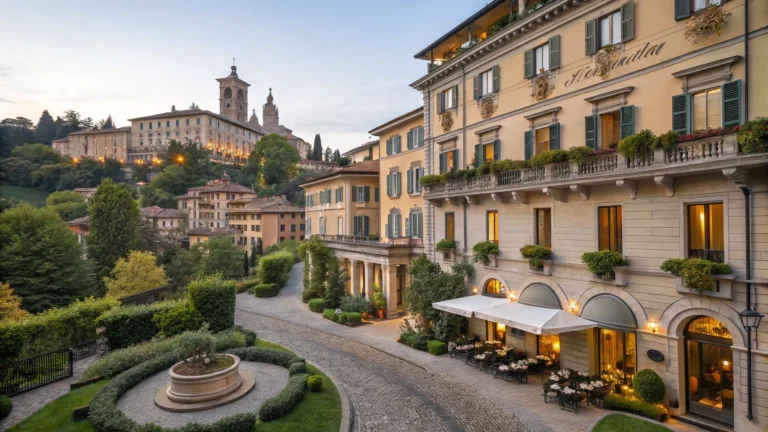
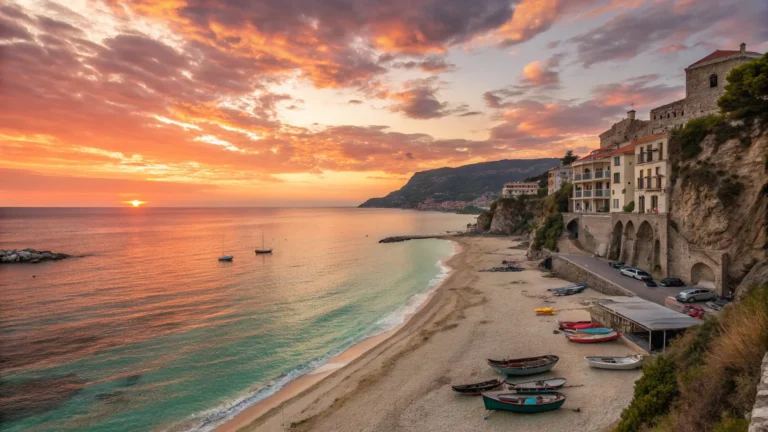
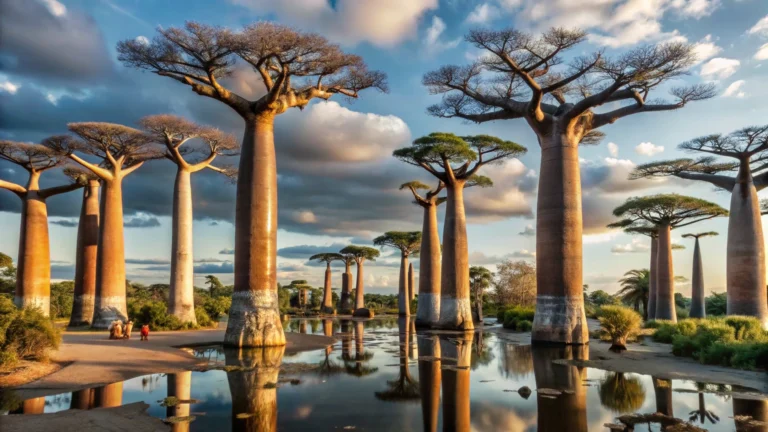
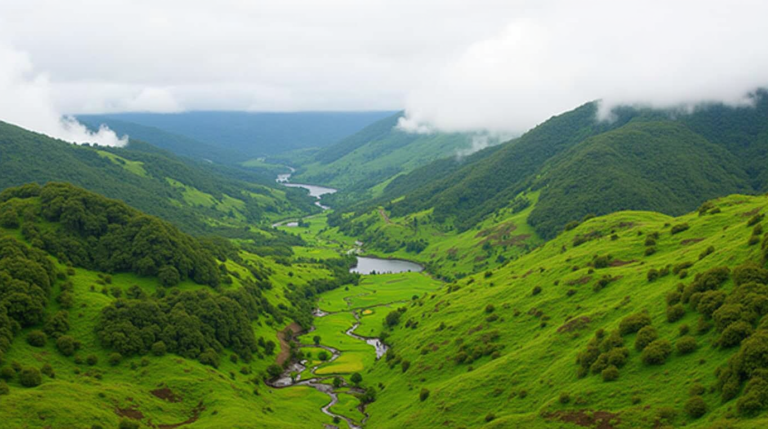

2 Comments